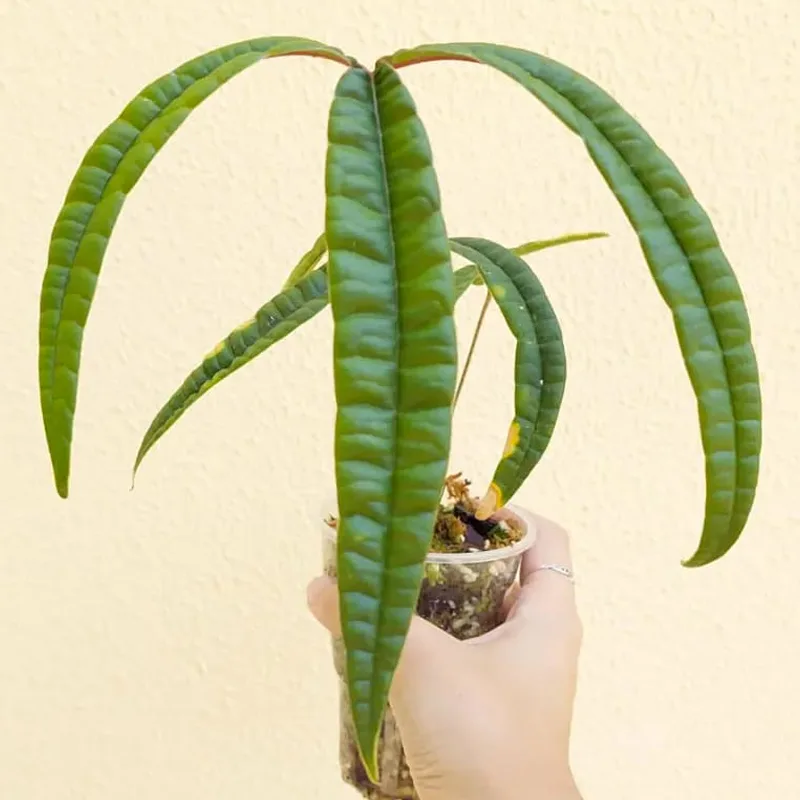
What Is Symphoricarpos Mollis?
Symphoricarpos Mollis, commonly known as the Soft Coralberry or Woolly Snowberry, is a deciduous shrub native to North America. It belongs to the Caprifoliaceae family and is appreciated for its attractive, soft-textured foliage and its small, white or pink berries that persist into winter. This plant is often used in landscaping for its decorative appeal and its ability to attract wildlife.
15 Species in Genus Symphoricarpos
Are Symphoricarpos Mollis Edible?
While Symphoricarpos Mollis is not typically consumed, its berries are technically edible. However, they are not recommended for human consumption due to their bland taste and the potential for mild gastrointestinal upset if ingested in large quantities. The berries are more commonly consumed by birds and small mammals. If you’re considering using parts of this plant in cooking or foraged foods, it’s best to consult with a knowledgeable expert in wild edibles.
Symphoricarpos Mollis vs Albus
When comparing Symphoricarpos Mollis to Symphoricarpos Albus, or the Common Snowberry, several distinctions become apparent. Symphoricarpos Mollis features soft, downy leaves and typically has a more delicate appearance compared to the more robust and upright Symphoricarpos Albus. The berries of S. Mollis are usually a soft pink or white, while S. Albus berries are generally white. Additionally, S. Mollis tends to be more tolerant of dry conditions compared to S. Albus. Both plants share similar habitat preferences but have distinct visual and growth characteristics.
How to Care for Symphoricarpos Mollis?
Caring for Symphoricarpos Mollis involves understanding its basic needs:
- Sunlight: It thrives in full sun to partial shade. While it can tolerate shade, it produces more berries with better sun exposure.
- Soil: Prefers well-draining soil. It’s adaptable to various soil types but performs best in slightly acidic to neutral soil.
- Watering: Regular watering is essential during dry periods. However, it’s important not to overwater, as this can lead to root rot.
- Pruning: Prune the shrub after flowering to maintain its shape and encourage better fruiting. Remove any dead or diseased branches to keep the plant healthy.
- Fertilizing: A balanced, slow-release fertilizer applied in early spring can support vigorous growth and berry production.
How to Propagate Symphoricarpos Mollis?
Symphoricarpos Mollis can be propagated through several methods:
- Cuttings: Take semi-hardwood cuttings in late summer. Dip the cut end in rooting hormone and plant in a well-draining medium. Keep the cuttings moist and in a shaded location until roots develop.
- Seeds: Sow seeds in the fall or cold-stratify them by placing them in a refrigerator for a few months before planting. Ensure the seeds are planted in a seed-starting mix and keep them consistently moist.
- Division: In early spring, you can divide established clumps, making sure each division has a good root system. Replant them immediately.
What to Plant With Symphoricarpos Mollis?
Symphoricarpos Mollis pairs well with various companion plants:
- Grasses: Planting with ornamental grasses like Panicum virgatum or Calamagrostis acutiflora can create a visually appealing contrast.
- Perennials: Combine with perennials such as Echinacea, Rudbeckia, or Sedum for a mixed-border effect.
- Groundcovers: Low-growing groundcovers like Creeping Jenny or Ajuga can complement its foliage and help with soil retention.
Can You Grow Symphoricarpos Mollis Indoors?
Symphoricarpos Mollis is primarily an outdoor plant due to its size and growth habits. It is not well-suited for indoor cultivation, as it requires ample space and specific light conditions that are challenging to replicate indoors. It is best enjoyed in garden settings where it can reach its full potential and contribute to the landscape.
Is Symphoricarpos Mollis Toxic?
Symphoricarpos Mollis is not known to be highly toxic. However, as with many ornamental plants, ingestion of large quantities of berries or foliage might cause mild digestive upset. It’s advisable to keep the plant away from pets and small children who might accidentally consume parts of it.
Benefits of Growing Symphoricarpos Mollis
- Wildlife Attraction: The berries attract birds and small mammals, making it a beneficial plant for wildlife-friendly gardens.
- Seasonal Interest: It offers visual interest throughout the year with its foliage and persistent berries.
- Low Maintenance: It is relatively easy to care for and adaptable to different soil conditions.
Common Problems
- Pests: Watch for common pests such as aphids or spider mites. Regular inspection and appropriate treatments can manage these issues.
- Diseases: Keep an eye out for fungal diseases, particularly in overly wet conditions. Ensure proper drainage and air circulation to minimize risks.
- Overgrowth: Without regular pruning, Symphoricarpos Mollis can become leggy and overgrown, so regular maintenance is necessary.
Compare With Other Confused or Similar Items
- Symphoricarpos Orbiculatus: Also known as the Coralberry, it is similar but tends to have a more spreading habit and can be more aggressive in growth.
- Symphoricarpos Racemosus: Known as the Snowberry, this species has larger, white berries and a more upright growth form compared to S. Mollis.
Symphoricarpos Mollis is a versatile and attractive shrub that can enhance your garden with its unique appearance and ecological benefits. By understanding its needs and characteristics, you can effectively incorporate it into your landscape design.
If i die, water my plants!



